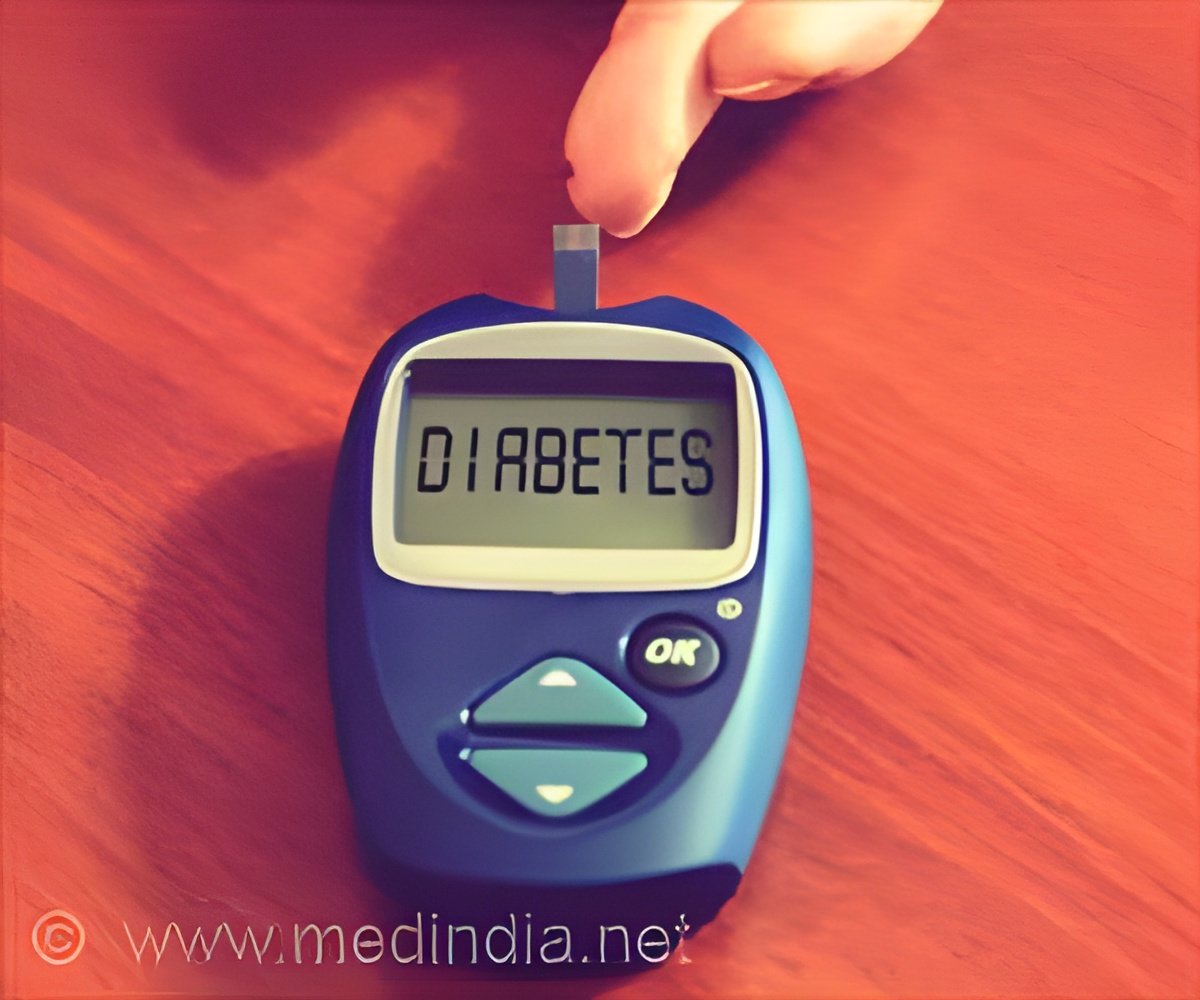
‘As per the Comprehensive National Nutrition Survey (CNNS) 2016-18, diabetes risk is rising among children.
’
Read More..Tweet it Now
Seven percent of school-age children and adolescents were at risk for chronic kidney disease. Five percent of adolescents were classified as having hypertension. Read More..
The CNNS, the first-ever nationally representative nutrition survey of children and adolescents in India, has also found that 35 percent of children under five were stunted, 22 percent of school-age children were stunted while 24 percent of adolescents were thin for their age.
The CNNS India for the period 2016-18 is the largest micronutrient survey ever conducted.
To provide robust data on the shifting conditions of both under-nutrition and overweight and obesity, the Ministry of Health conducted the survey to collect a comprehensive set of data on the nutritional status of Indian children from 0-19 years of age.
This survey was the largest micronutrient survey ever implemented. Also, the survey used gold standard methods to assess anemia, micronutrient deficiencies, and biomarkers of NCDs for the first time in India.
Advertisement
The lowest prevalence of stunting (16-21% ) was found in Goa and Jammu and Kashmir. A higher prevalence of stunting in under-fives was found in rural areas (37 percent) compared to urban areas (27 percent). Also, children in the poorest wealth quintile were more likely to be stunted (49 percent), as compared to 19 percent in the richest quintile.
Advertisement
Overall, 35 percent of children aged 5 to 9 years were underweight, with 10 percent severely underweight. The prevalence of underweight was 30 percent at age five years and remained stable across the five-year period.
On deficiencies, as per the survey, the prevalence of vitamin A deficiency was 18 percent among pre-school children, 22 percent among school-age children, and 16 percent among adolescents.
Vitamin D deficiency was found among 14 percent of pre-school children, 18 percent of school-age children, and 24 percent of adolescents.
Nearly one-fifth of pre-school children (19 percent), 17 percent of school-age children, and 32 percent of adolescents had a zinc deficiency.
On anemia, the survey found that forty-one percent of pre-schoolers, 24 percent of school-age children, and 28 percent of adolescents suffered from it. Anemia was most prevalent among children under two years of age.
Female adolescents had a higher prevalence of anemia (40 percent) compared to their male counterparts (18 percent).
Anemia was a moderate or severe public health problem among pre-schoolers in 27 states, among school-age children in 15 states, and among adolescents in 20 states.
Thirty-two percent of pre-schoolers, 17 percent of school-age children, and 22 percent of adolescents had an iron deficiency.
Source-IANS















